Sasanians
Q15955102Sasanians: last native dynasty to reign in Persia before the Arab conquest. Its kings and queens ruled from 224 to 651.
Beginning
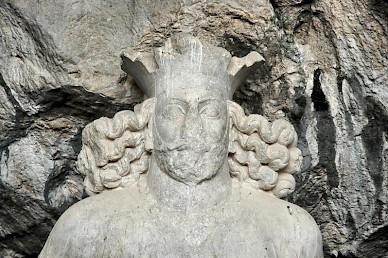
The name "Sasanians" is derived from a Persian priest named Sasan, the ancestor of the dynasty. One of his sons was Pâpak, who revolted against the lawful ruler of Iran, Artabanus IV, at the beginning of the third century. The Sasanians were based in Firuzabad and Istakhr, not far from ancient Persepolis. Both cities are in Persis, modern Fars.
Until then, Persis had been a vassal of the Parthian empire, but Pâpak's son Ardašir I, who succeeded his father, defeated the last Parthian in 226. He took Ctesiphon, the capital of the Parthian empire. This meant the end of Parthia and the beginning of the Sasanian empire. Ctesiphon became the city where the Sasanian kings were to be inaugurated; Ardašir accepted the title of "king of kings", which had until then been used by the Parthian kings and - centuries before - the Achaemenid rulers of Persia.
Religion
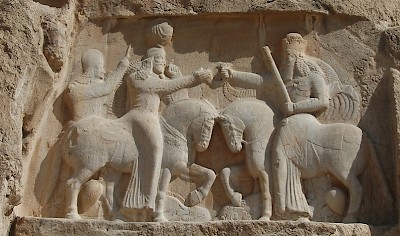
In their inscriptions, the Sasanian kings describe themselves as "Mazda-worshipping kings", i.e., believers in the supreme god Ahuramazda. King Ardašir conferred many privileges to the Magians, the religious specialists of Zoroastrianism, who gained great political power. For example, they played a role in the inauguration ceremony in Ctesiphon, served as judges and served as tax collectors. In the Sasanian rock reliefs, we often see "investiture scenes", in which the god Ahuramazda, seated on a horse, hands over power to a king.
As a consequence of this religious ideology, there was little room for alternative ideas. Christians were persecuted, and the prophet Mani (216-276), who had tried to combine Christianity, Buddhism, and Zoroastrianism, was crucified. When the Roman empire, the archenemy of the Sasanian empire, had become Christian, the persecution of the Christians increased; being a Christian was considered treason.
Shapur I
The conflict with Rome, which had started in 231 with some fighting on the Euphrates, escalated under Ardašir's son and successor Shapur I (r.241-272). According to Roman sources, he made territorial claims: he wanted to restore the Achaemenid Empire and demanded all Roman territories in Asia, a claim that was implied in his title "king of Iran and non-Iran". In fact, he wanted to recover the territories once ruled by the Parthians, which included Armenia. War was to concentrate on the Upper Tigris region only, dominated by Roman-held Nisibis.
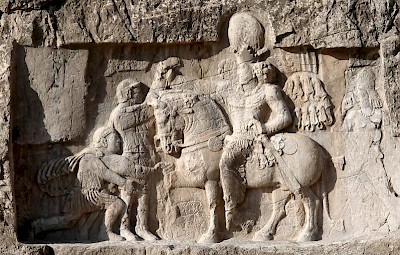
Nevertheless, to obtain Nisibis, Shapur raided large parts of the Roman East. When he invaded Syria and looted Antioch, a Roman counterattack was inevitable. The emperor Gordian III invaded Mesopotamia and was at first successful, but was killed in action during a battle near Ctesiphon (244). His successor, Philippus the Arab, was forced to conclude a shameful peace treaty, and with some justification, Shapur claimed to have put Philip on the Roman throne. Roman POWs were forced to build the city of Bishapur, where a rock relief commemorated his triumph.
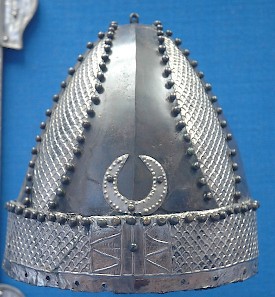
The next phase of the war was even more disastrous to the Romans. Their emperor Valerian was not just defeated, he was even captured (260). The humiliation, shown on a rock reliefs at Bishapur and Naqš-e Rustam, could not be more complete. However, under the emperors Odaenathus (r.261-267), Carus (r.282-283), and Diocletian (r.284-305), the Romans restored their fortunes and in 298, a peace treaty was concluded in which the Persians had to give up territories in northern Mesopotamia.
The East
Rome was not the only enemy. Shapur also attacked the Kushans, who ruled the region known as Gandara, the valley of the river Kabul. The Persians took their capital Peshawar and deposed the ruling dynasty. A precious religious object, Buddha's begging bowl, was taken to Persia.
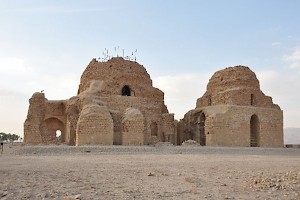
The loot of Peshawar and Antioch was put to good use. Surveys in Iran have shown that large tracts of previously unused land came under cultivation. New trade routes with India and Arabia were opened, and new banking systems were developed (our word cheque has a Persian root).
Fourth and Fifth Centuries
The conflict with Rome remained an unsolved problem. Sometimes it was just smouldering, sometimes it was blazing. King Shapur II (r.309-379) attacked the Roman possessions in Mesopotamia, and defeated and killed the Roman emperor Julianus Apostata who had come to punish the attacker (363). The Romans were forced to give up the conquests of 298.
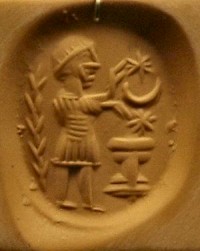
Like his namesake, Shapur II attacked the Kushan kingdom, which he overthrew. The sphere of influence of the Sasaniang empire now reached to the borders of China. Shapur also invaded Arabia. Other enemies were the White Huns, who invaded the Sasanian empire during the fifth century.
After the reign of Shapur II, the western front became settled. There were no large-scale conflicts. The Byzantine historian Procopius (c.507-c.556) suggests that full-scale war was meaningless because the frontier zone had become too devastated. It is true that in 451, Yazdgard II invaded the Roman province Armenia; and it is true that Khusrau I invaded both Armenia and Syria during the reign of Justinian, but in the end, the borders remained unchanged.
Religious Changes
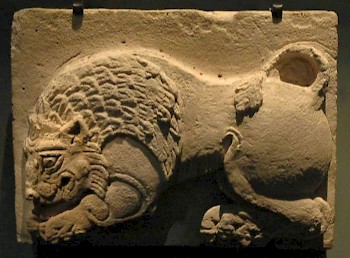
What did happen, though, was that countless Romans settled in the east: often Christians with theological ideas that were unacceptable to the Roman empreror (e.g., Monophysites and Nestorians). It has been argued that in the sixth century, Iraq was predominantly Christian, which may or may not be true.
What is true, however, is that several religious groups coexisted more or less peacefully. The main exception is a religious jacquerie in Iran that is called Mazdakism. Its adherents had several ideas that remind us of pre-leninist communism. King Khusrau I "the deathless soul" suppressed it in 530s, and its adherents may have fled to Arabia.
Late Antiquity
The final struggle of the Roman Empire - now called Byzantine Empire - and Persia started under Khusrau II "the victorious" (r.590-628). Again, the Sasanians were the aggressor. The Byzantines were weakened, because Italy had been invaded by the Langobards, the Slavs were taking hold of the Balkans, and Andalusia was lost to the Visigoths. It was the perfect moment to attack the Byzantine empire, and Khusrau acted accordingly. His armies ravaged the cities of Syria and sacked Jerusalem in 614. (The Jews welcomed the Persians, because the Christians had often persecuted them.) One of the objects the Persians took away was the relic of the True Cross.
Khusrau's armies went on to invade Egypt - Alexandria was captured in 619 - and in 626, their advance-guards paused only a mile from Constantinople. The Persians even raided Cyprus and occupied Rhodes. It seemed as if the Achaemenid empire was restored, and Khusrau ordered the making of brilliant rock reliefs at Taq-e Bostan.
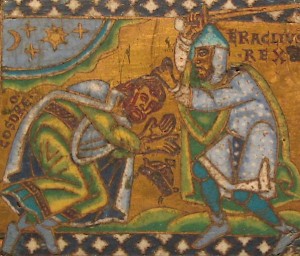
However, the Byzantine emperor Heraclius was to prove a match for Khusrau. He took some time to train an army, and in 627, he invaded Assyria and Mesopotamia. His campaign was extremely successful: he did not even return to his own empire during the winter, but stayed far behind the enemy lines. The Persian army mutinied and Khusrau was murdered (628). His successor Ardašir IV made peace and the relic of the True Cross was restored to Jerusalem.
The End
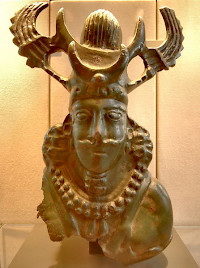
Heraclius' victory meant the end of Persia. There were four Sasanian kings in four years, and because there was no real authority, the Arabs - Muslims - were able to defeat the Persians, who were still Zoroastrians. The last Persian king was Yazdgard III, whose reign began in 632. In 636, the Arabs took Ctesiphon, in 641, they invaded Iran (battle of Nehavand), and ten years later, the last Sasanian king died as a fugitive.
The lasting heritage of the Sasanian empire is the Avesta, the holy book of Zoroastrianism. Under Khusrau II, the Zoroastrian high priest Tansar established the canon of religious texts. It contained hymns of great antiquity and younger texts, but also books on cosmogony and law, a biography of the prophet Zarathustra, apocalypses and several expositions of doctrine. Although parts of this codex were destroyed by the Muslims, the remainder still inspires thousands of people.
Go here for an overview of Sasanian kings.